Home>Gardening & Outdoor>Landscaping Ideas>When Does Grass Stop Growing In Michigan
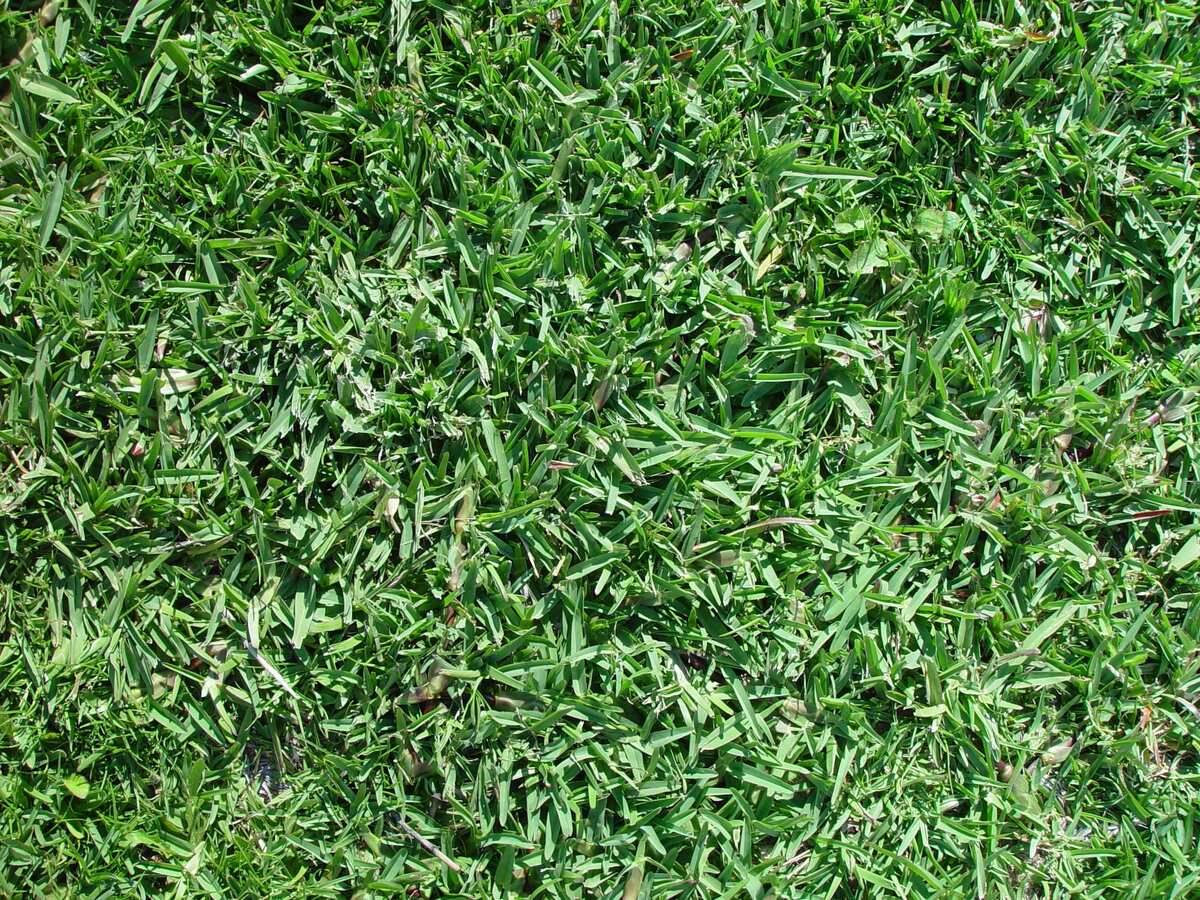

Landscaping Ideas
When Does Grass Stop Growing In Michigan
Modified: October 19, 2024
Discover the best landscaping ideas for Michigan with expert tips on when grass stops growing in the region. Plan your outdoor space accordingly and keep your lawn looking its best!
(Many of the links in this article redirect to a specific reviewed product. Your purchase of these products through affiliate links helps to generate commission for Storables.com, at no extra cost. Learn more)
**
Introduction
**
Welcome to the lush and vibrant world of Michigan's landscaping! As a proud homeowner in the Great Lakes State, you understand the importance of maintaining a healthy and thriving lawn. Whether you're an avid gardener or simply take pleasure in the beauty of a well-kept yard, it's essential to grasp the nuances of grass growth in Michigan. One common question that arises among homeowners is, "When does grass stop growing in Michigan?" This query is pivotal to lawn care, as it influences the timing of maintenance tasks and prepares you for the seasonal changes that lie ahead.
In this comprehensive guide, we will delve into the growth cycle of grass, explore the factors that impact grass growth in Michigan, and pinpoint the typical period when grass ceases its active growth. Additionally, we will equip you with invaluable tips for maintaining your lawn during the off-season, ensuring that your outdoor space remains healthy and resilient throughout the year. So, let's embark on this enlightening journey through the verdant landscapes of Michigan, where we'll uncover the secrets of grass growth and unveil the best practices for nurturing your lawn to perfection.
Key Takeaways:
- Grass in Michigan typically stops growing in late September to early November, varying by region. Understanding this timing helps homeowners prepare for the winter and adjust lawn care practices accordingly.
- During the off-season, homeowners can maintain their lawn by adjusting mowing, aerating, fertilizing, controlling weeds, and clearing debris. These practices support the grass’s resilience and prepare it for rejuvenated growth in the spring.
Read more: When To Stop Cutting Grass In Michigan
Understanding the Growth Cycle of Grass
Before delving into the specific timeline for grass growth in Michigan, it’s crucial to comprehend the intricate growth cycle of grass. This cycle consists of distinct phases, each playing a pivotal role in the overall development of your lawn.
Germination: The growth cycle commences with germination, where grass seeds sprout and develop roots beneath the soil’s surface. This phase is characterized by the emergence of tender, delicate shoots, signaling the beginning of the grass’s life.
Seedling Stage: As the grass continues to flourish, it progresses into the seedling stage. During this phase, the grass blades gain strength and density, gradually establishing a more visible presence on the surface of the soil.
Maturity: With time and proper care, the grass matures into a lush, verdant carpet that adorns your landscape. At this stage, the grass is at its peak growth, exuding vibrancy and vitality as it thrives under favorable conditions.
Dormancy: As the seasons transition and temperatures fluctuate, grass enters a state of dormancy. This phase is characterized by reduced growth and a shift in the grass’s metabolic activity, allowing it to conserve energy and endure harsh environmental conditions.
Understanding these stages is essential for gauging the growth patterns of grass in Michigan. By recognizing the nuances of the growth cycle, you can better anticipate the fluctuations in grass growth and tailor your lawn care practices accordingly.
Factors Affecting Grass Growth in Michigan
Several factors influence the growth of grass in Michigan, shaping the conditions that dictate its vitality and resilience. Understanding these factors is crucial for implementing targeted lawn care strategies and fostering optimal growth. Let’s explore the key elements that impact grass growth in the Great Lakes State:
- Climate: Michigan’s diverse climate, characterized by cold winters and humid summers, significantly influences grass growth. Cool-season grasses, such as Kentucky bluegrass and fescue, thrive in the state’s cooler regions, while warm-season varieties, including zoysia and Bermuda grass, are better suited to the southern areas.
- Soil Composition: The composition of the soil plays a pivotal role in determining the availability of essential nutrients and the soil’s capacity to retain moisture. Michigan’s soil varies across regions, encompassing loamy, sandy, and clay-based compositions, each impacting grass growth differently.
- Sunlight Exposure: The amount of sunlight your lawn receives directly impacts grass growth. Shaded areas may experience slower growth due to reduced sunlight, while areas with ample sun exposure facilitate robust and vigorous grass development.
- Water Availability: Adequate water supply is essential for sustaining healthy grass growth. Michigan’s precipitation patterns and irrigation practices directly influence the moisture levels in the soil, affecting the grass’s ability to thrive.
- Maintenance Practices: Regular mowing, aeration, fertilization, and weed control are integral aspects of lawn maintenance that directly impact grass growth. Proper maintenance practices promote healthy root development and overall grass vigor.
By considering these factors, you can gain valuable insights into the unique dynamics of grass growth in Michigan. Tailoring your lawn care approach to accommodate these influences will empower you to nurture a resilient and flourishing lawn that withstands the challenges posed by Michigan’s diverse climate and environmental conditions.
Grass in Michigan typically stops growing in late fall when temperatures drop below 50°F. It’s important to continue mowing until the grass stops growing to prevent disease and maintain a healthy lawn.
When Grass Typically Stops Growing in Michigan
In Michigan, the cessation of grass growth aligns with the onset of autumn and the transition into the colder months. As temperatures gradually decline and daylight hours diminish, the metabolic activity of grass undergoes a notable shift, leading to a reduction in growth. The specific timeline for the cessation of grass growth varies based on the type of grass and the region within Michigan. Let’s explore the typical periods when grass stops growing in different parts of the state:
- Northern Michigan: In the northern regions of Michigan, where cooler temperatures prevail, grass growth typically slows down in late September to early October. As the climate transitions into a colder phase, cool-season grasses enter a phase of dormancy, signaling a decline in active growth.
- Central Michigan: Central regions of Michigan experience a similar pattern, with grass growth tapering off around mid-October. The gradual decrease in temperatures and the onset of frosty conditions contribute to the deceleration of grass growth, preparing lawns for the winter months.
- Southern Michigan: In the southern reaches of the state, where milder temperatures persist, grass growth may continue into late October or early November. However, as winter approaches, the diminishing daylight and cooler temperatures eventually lead to a slowdown in grass growth, marking the transition into the dormant phase.
It’s important to note that these timelines are influenced by seasonal variations and climatic fluctuations, making it essential to monitor local weather patterns and adapt your lawn care practices accordingly. By recognizing the natural rhythm of grass growth in Michigan, you can proactively prepare your lawn for the seasonal changes and implement targeted maintenance measures to support its resilience.
Understanding when grass typically stops growing in Michigan empowers you to synchronize your lawn care activities with the natural cycles of the environment, ensuring that your lawn remains healthy and primed for rejuvenated growth when the spring season arrives.
Tips for Maintaining Your Lawn in the Off-Season
As grass growth decelerates and transitions into dormancy during the off-season, it’s essential to adapt your lawn care routine to support the health and vitality of your lawn. Implementing targeted maintenance practices during this period will fortify your lawn, enabling it to endure the challenges posed by Michigan’s winter months and emerge revitalized in the spring. Here are valuable tips for maintaining your lawn during the off-season:
- Mowing: Adjust your mowing frequency and height to accommodate the reduced growth rate of the grass. Gradually raise the mower blades to leave the grass slightly longer, providing insulation and protection during the colder months.
- Aeration: Conduct core aeration to alleviate soil compaction and enhance air, water, and nutrient penetration. This promotes robust root development and prepares the soil for rejuvenated growth in the upcoming season.
- Fertilization: Apply a winterized fertilizer tailored to the specific needs of your grass type and the climatic conditions in Michigan. This fortifies the grass with essential nutrients, bolstering its resilience and ensuring a healthy return to active growth in the spring.
- Weed Control: Address any lingering weeds before the onset of winter to prevent them from proliferating and competing with the grass once the growing season resumes. Targeted weed control measures can help maintain the integrity of your lawn during dormancy.
- Raking and Debris Removal: Clear fallen leaves, twigs, and debris from the lawn to prevent moisture retention and potential fungal issues. Maintaining a clean and debris-free lawn fosters a conducive environment for healthy grass growth.
- Irrigation: Adjust your irrigation schedule to align with the reduced water requirements of the grass during dormancy. Monitor soil moisture levels and supplement natural precipitation as needed to prevent dehydration and maintain soil health.
By adhering to these tips, you can proactively nurture your lawn during the off-season, laying the groundwork for a resilient and vibrant landscape when the spring thaw arrives. Embracing targeted maintenance practices and understanding the unique needs of your grass type and local climate will empower you to safeguard the beauty and vitality of your lawn throughout the winter months.
Read more: When Does Grass Stop Growing In Tennessee
Conclusion
Embarking on a journey through the growth cycle of grass and the factors influencing its development in Michigan has provided invaluable insights into the ebb and flow of nature within your landscape. By understanding the nuances of grass growth and the seasonal transitions it undergoes, you are equipped to synchronize your lawn care practices with the rhythm of the environment, nurturing a resilient and thriving lawn year-round.
As you navigate the cessation of grass growth in Michigan, it’s essential to embrace the natural dormancy period as an opportunity to fortify your lawn for the challenges of winter. By implementing targeted maintenance measures, such as adjusting mowing practices, conducting aeration, and fortifying the grass with essential nutrients, you can bolster its resilience and pave the way for a vibrant resurgence in the spring.
Moreover, recognizing the regional variations in grass growth timelines across northern, central, and southern Michigan empowers you to tailor your lawn care approach to the unique climatic dynamics of your area, ensuring that your lawn receives the precise care it needs to thrive.
As you navigate the off-season, remember that your proactive efforts in maintaining the health and vitality of your lawn lay the foundation for a lush and rejuvenated landscape when the warmer months return. By embracing the natural rhythm of grass growth and implementing targeted maintenance practices, you are not only nurturing your lawn but also fostering a deeper connection with the dynamic beauty of Michigan’s landscapes.
So, as you witness the gradual transition of grass into dormancy, take pride in the knowledge that you are a steward of nature, tending to the intricate tapestry of life that unfolds beneath your feet. By honoring the cycles of growth and dormancy, you are contributing to the enduring allure of Michigan’s green spaces and creating a haven of natural splendor right in your own backyard.
Frequently Asked Questions about When Does Grass Stop Growing In Michigan
Was this page helpful?
At Storables.com, we guarantee accurate and reliable information. Our content, validated by Expert Board Contributors, is crafted following stringent Editorial Policies. We're committed to providing you with well-researched, expert-backed insights for all your informational needs.
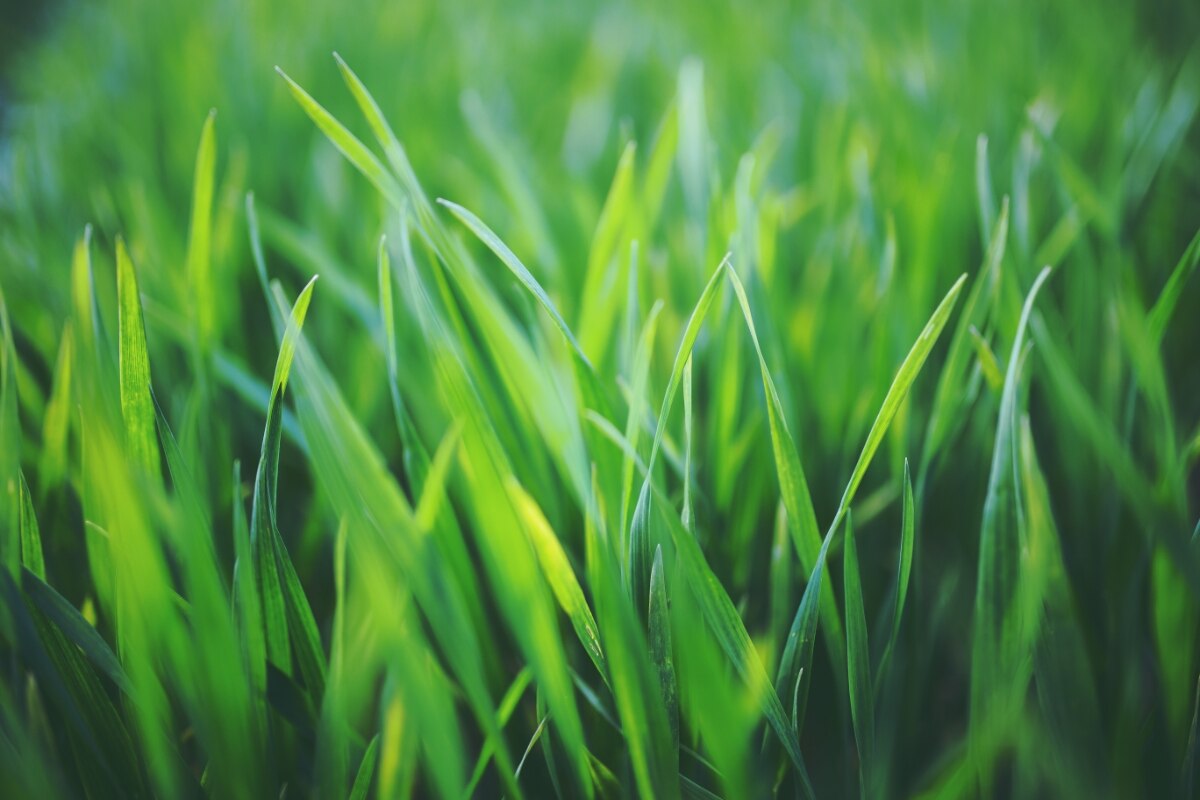
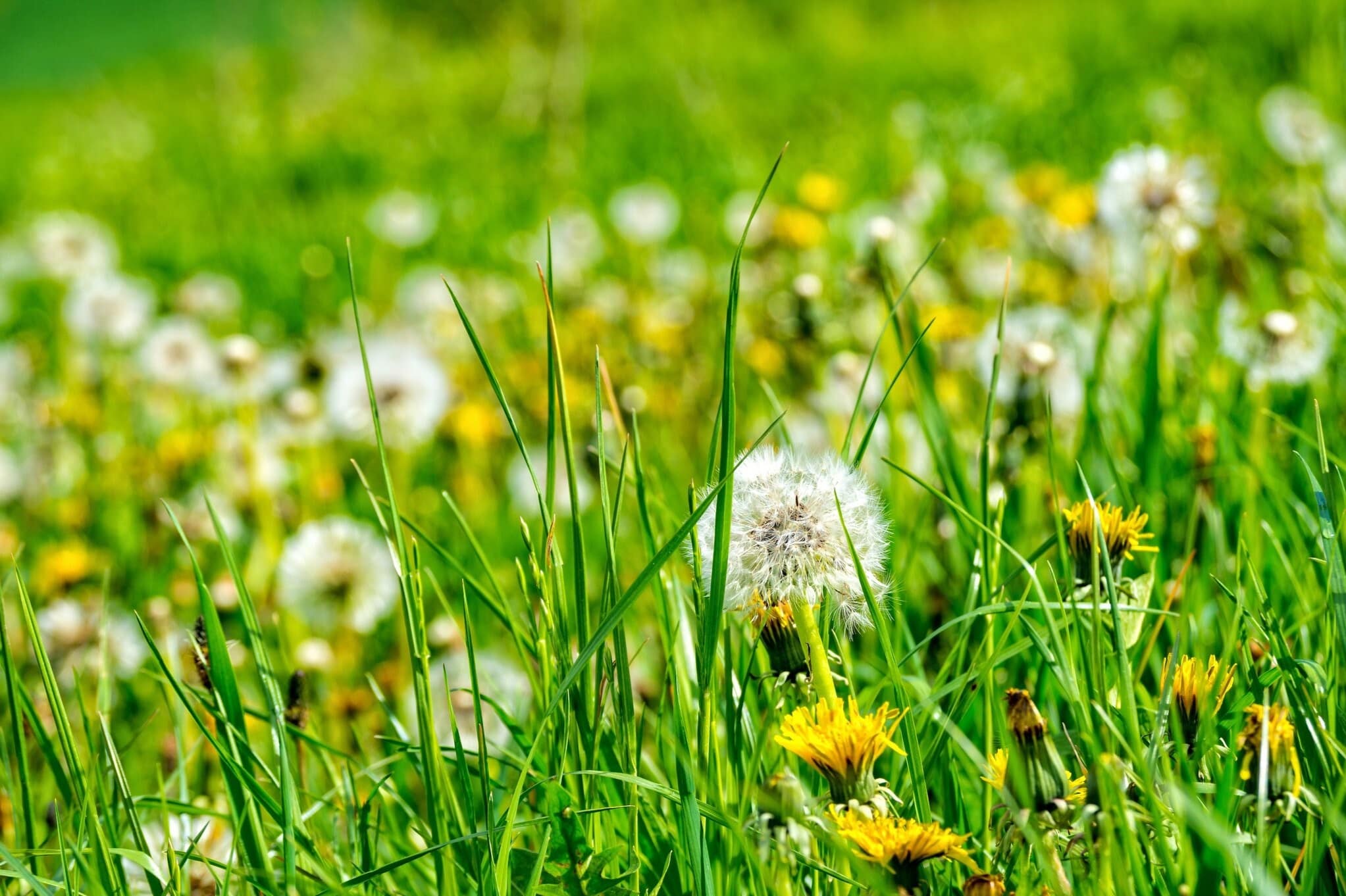
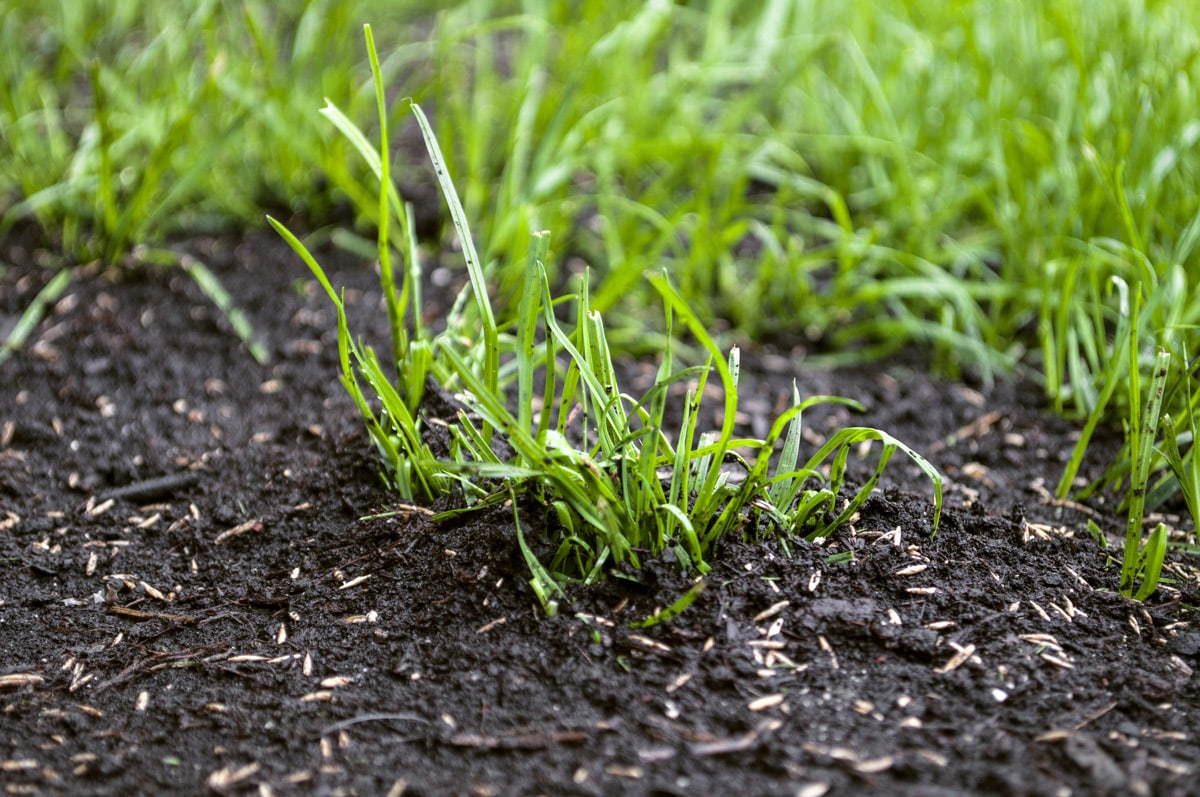
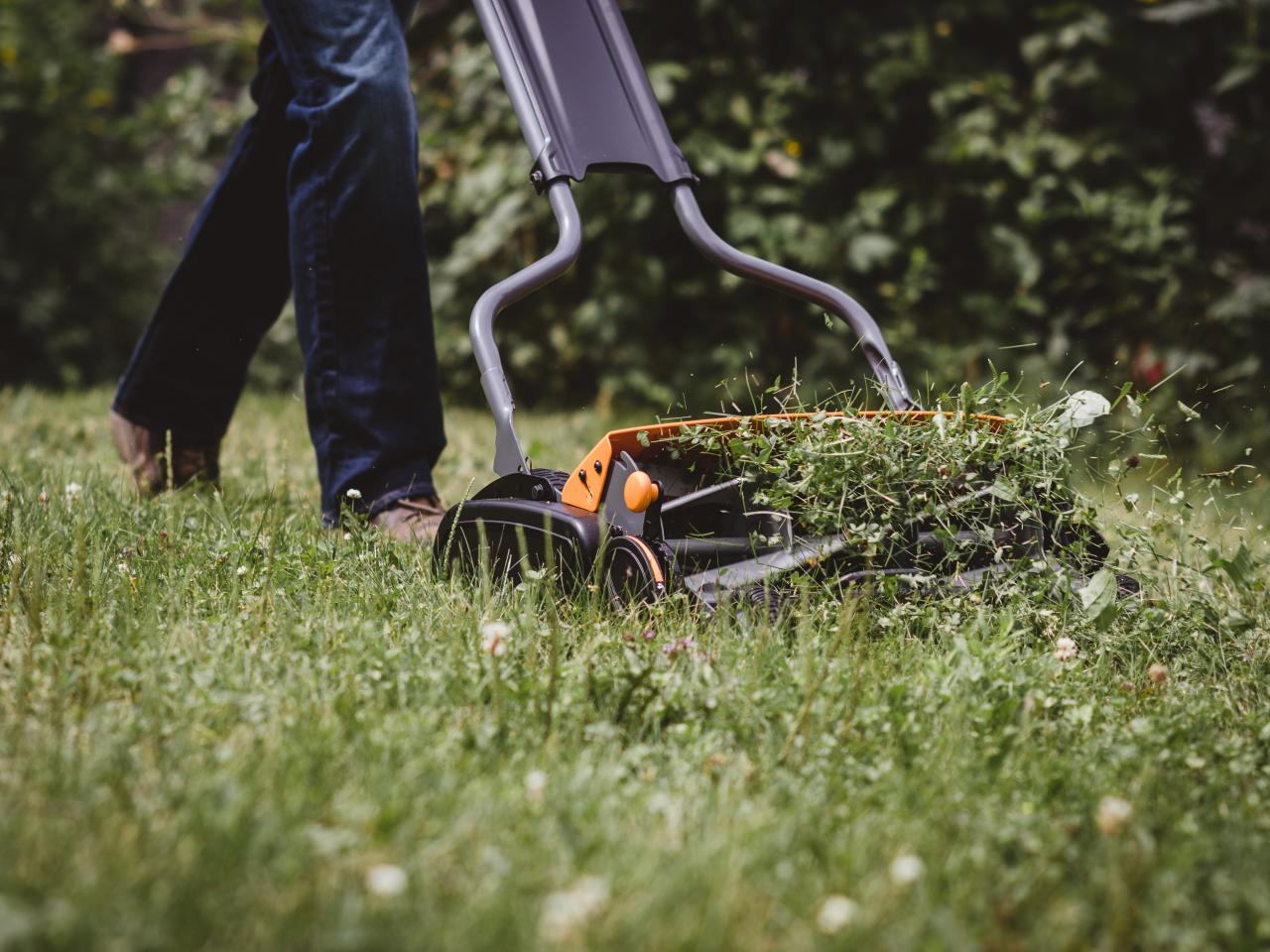
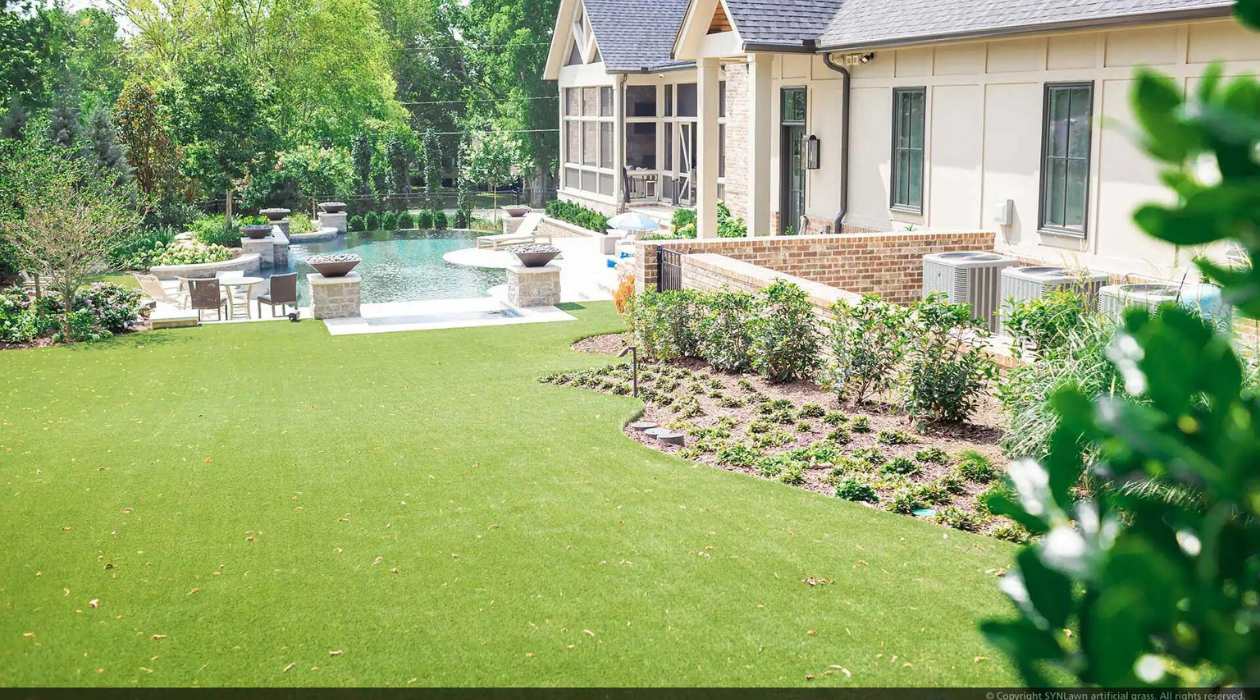
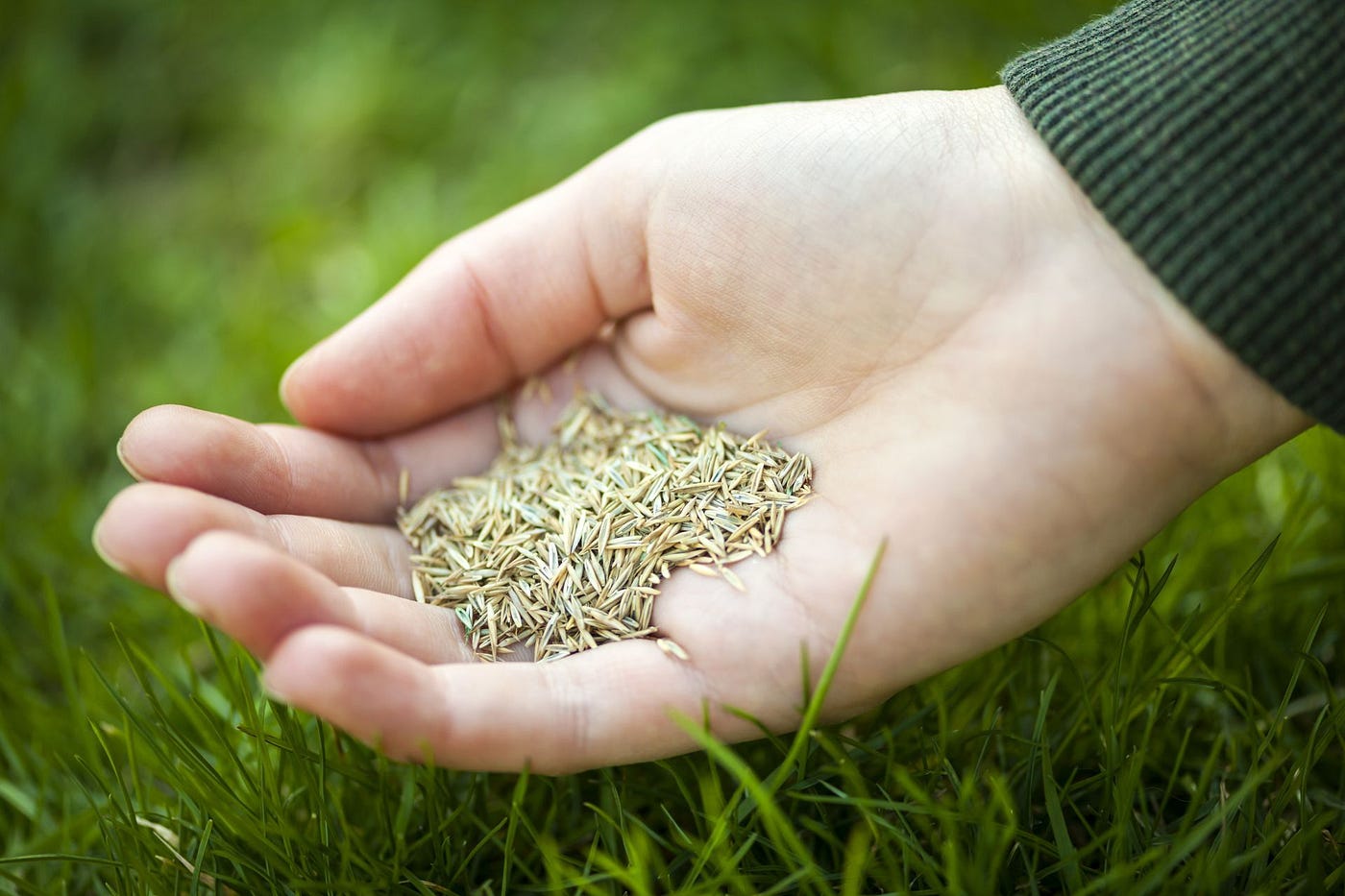
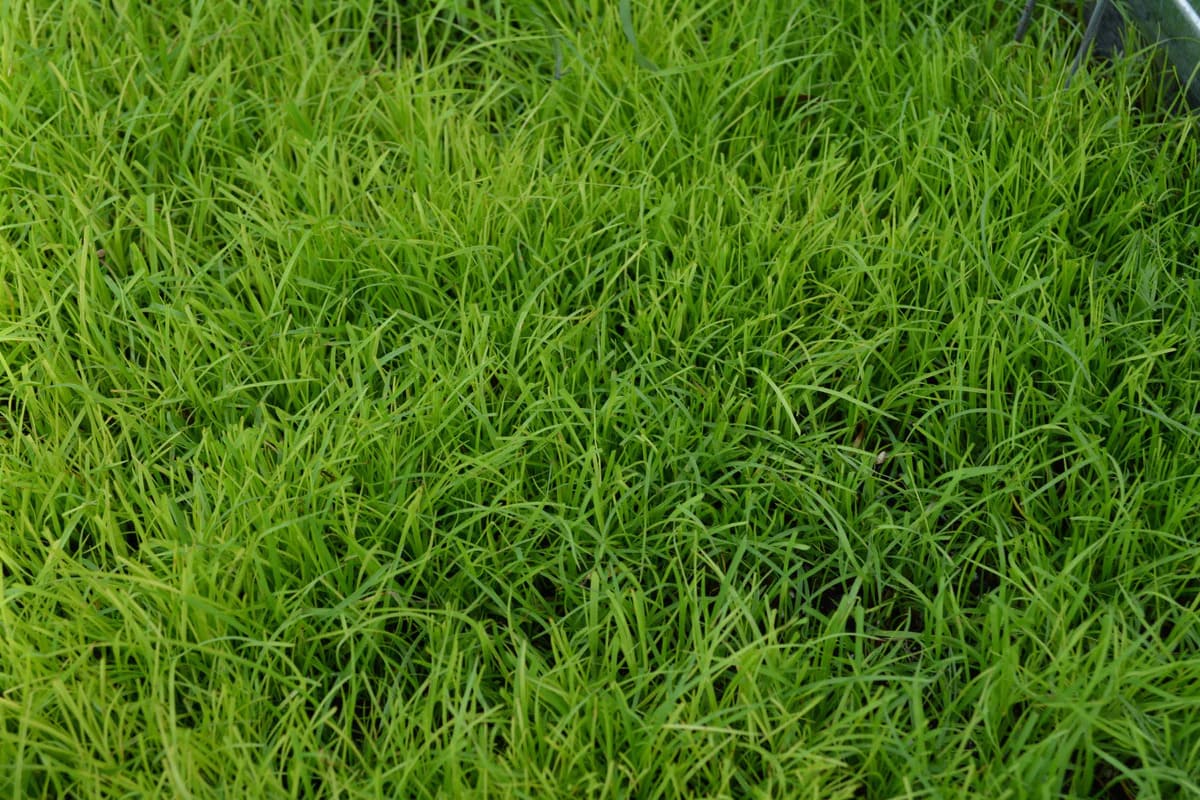
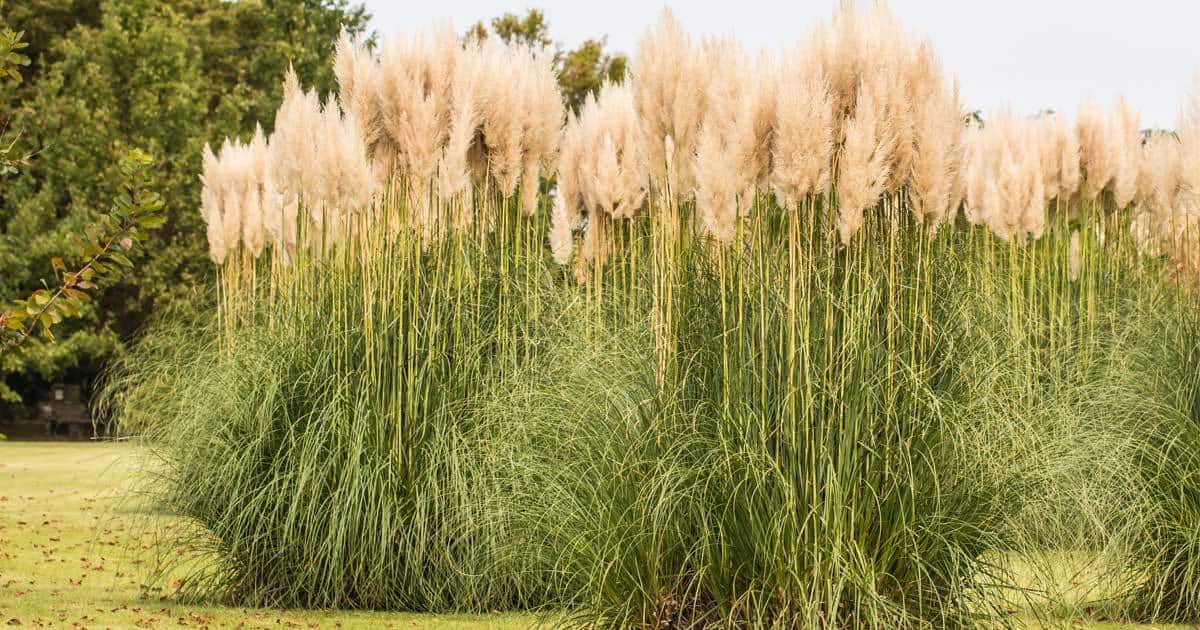
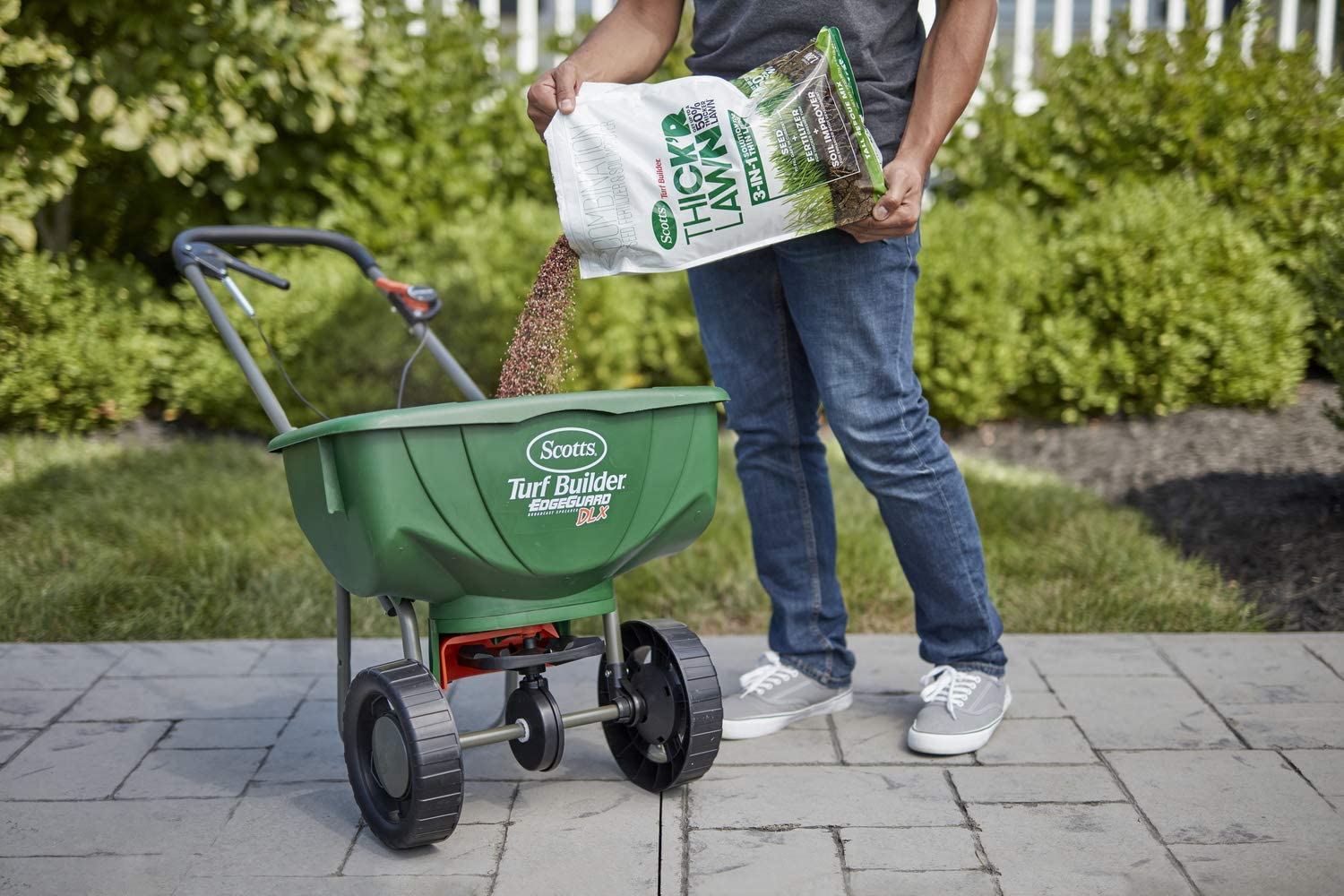
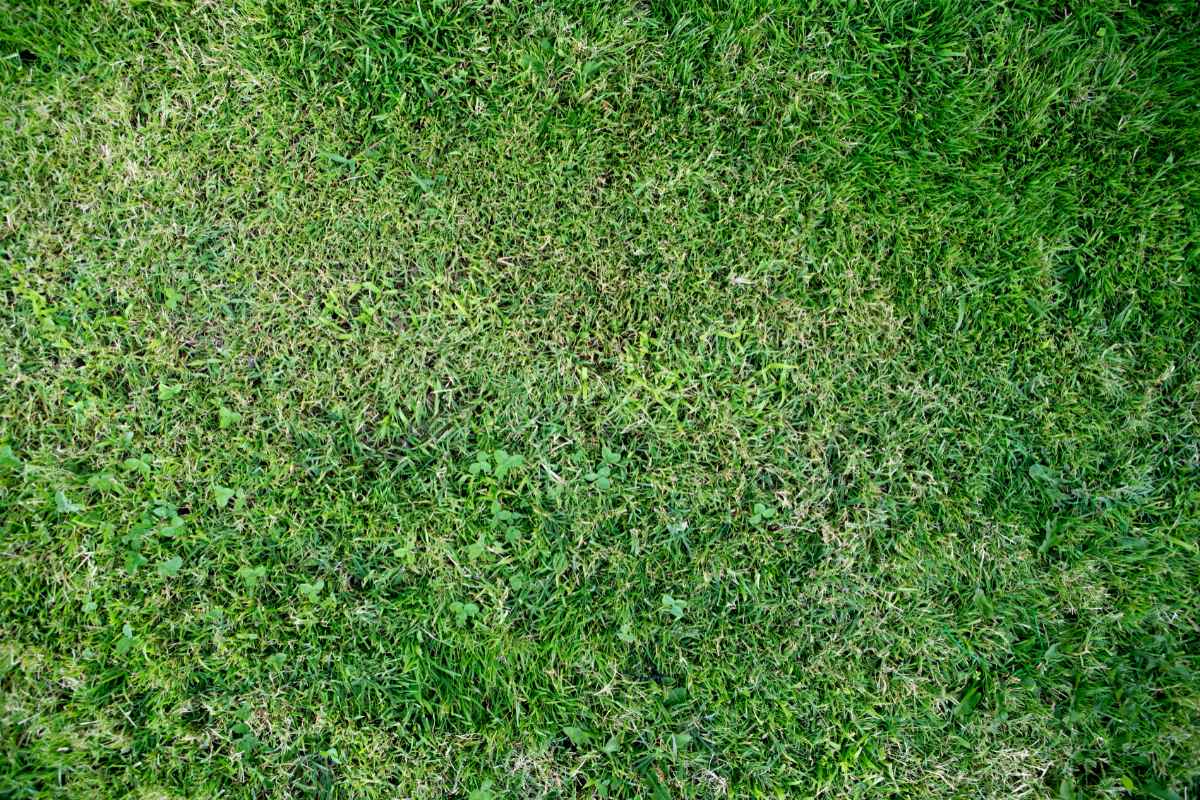


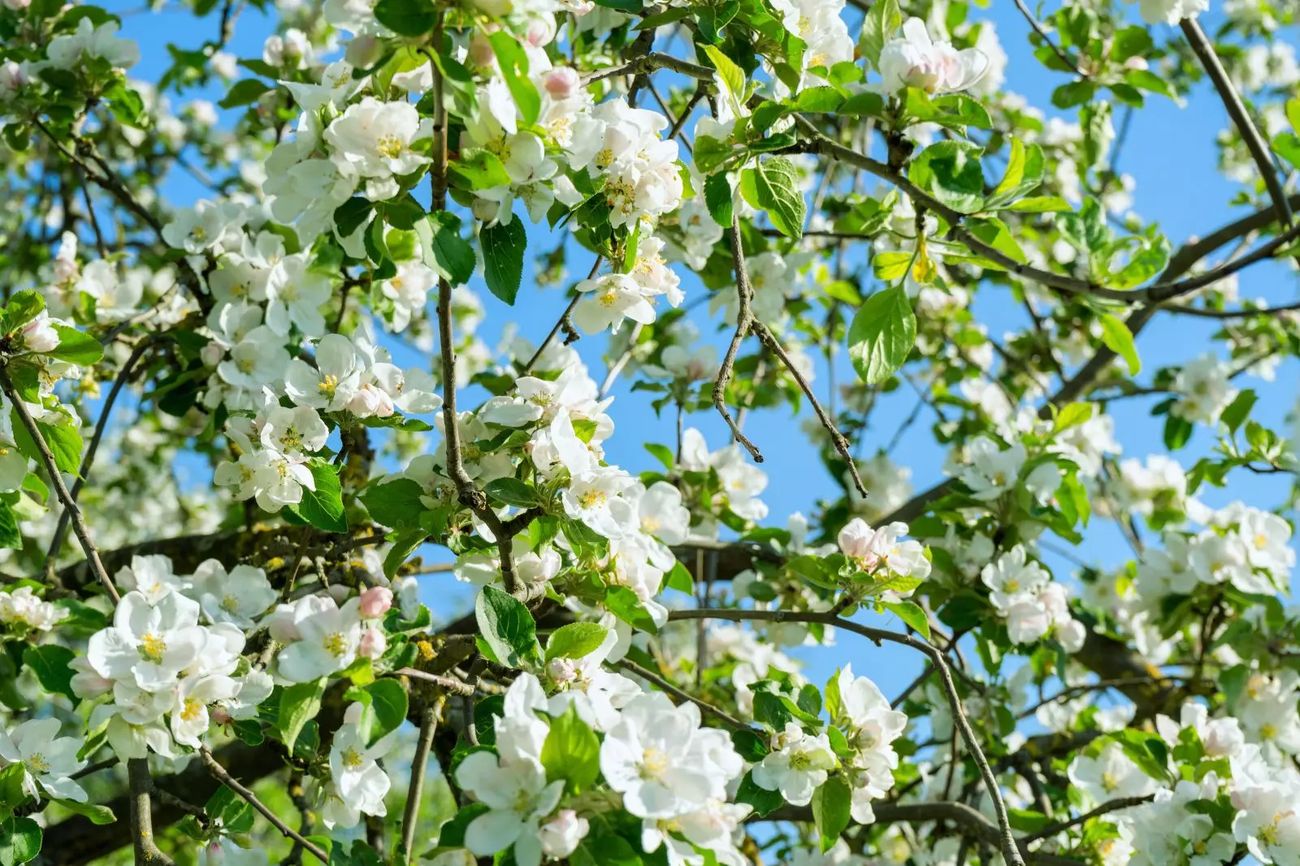
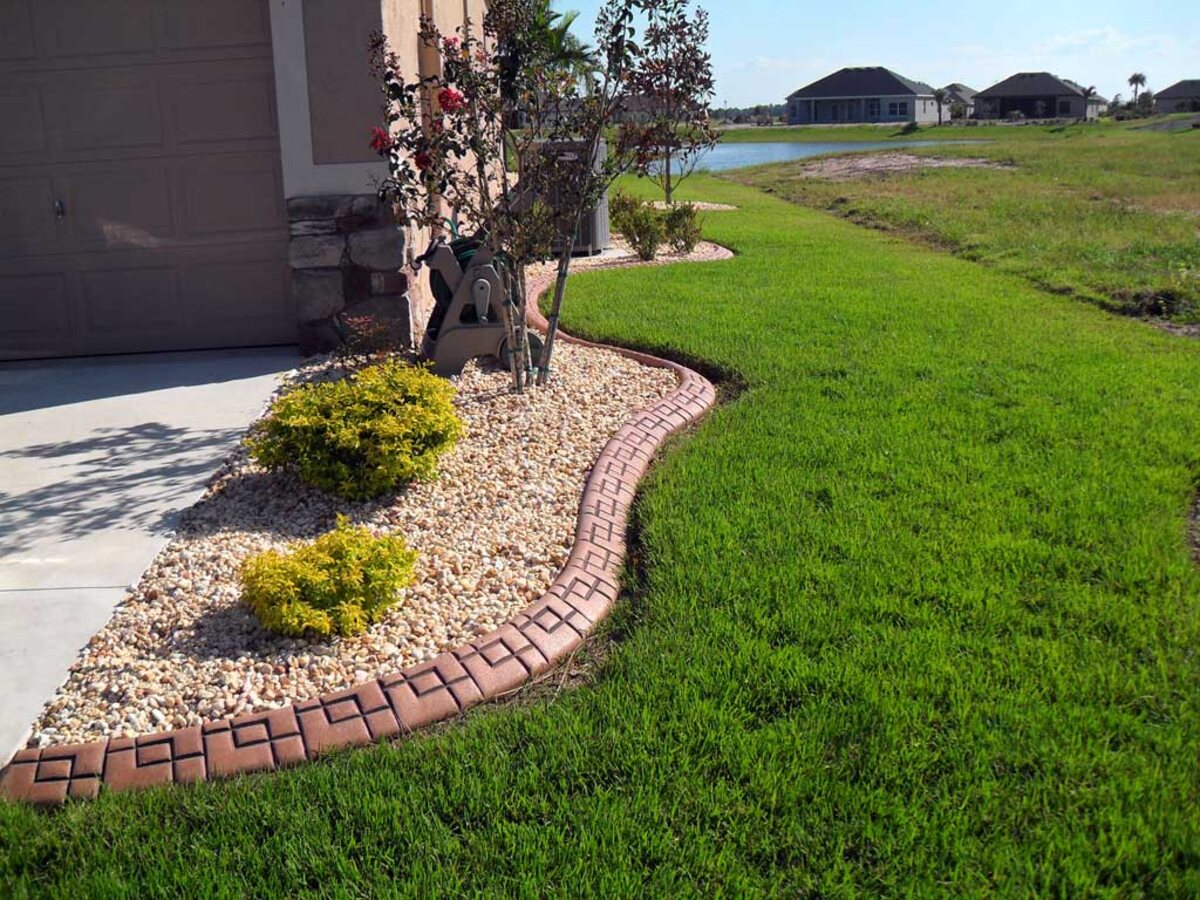

0 thoughts on “When Does Grass Stop Growing In Michigan”